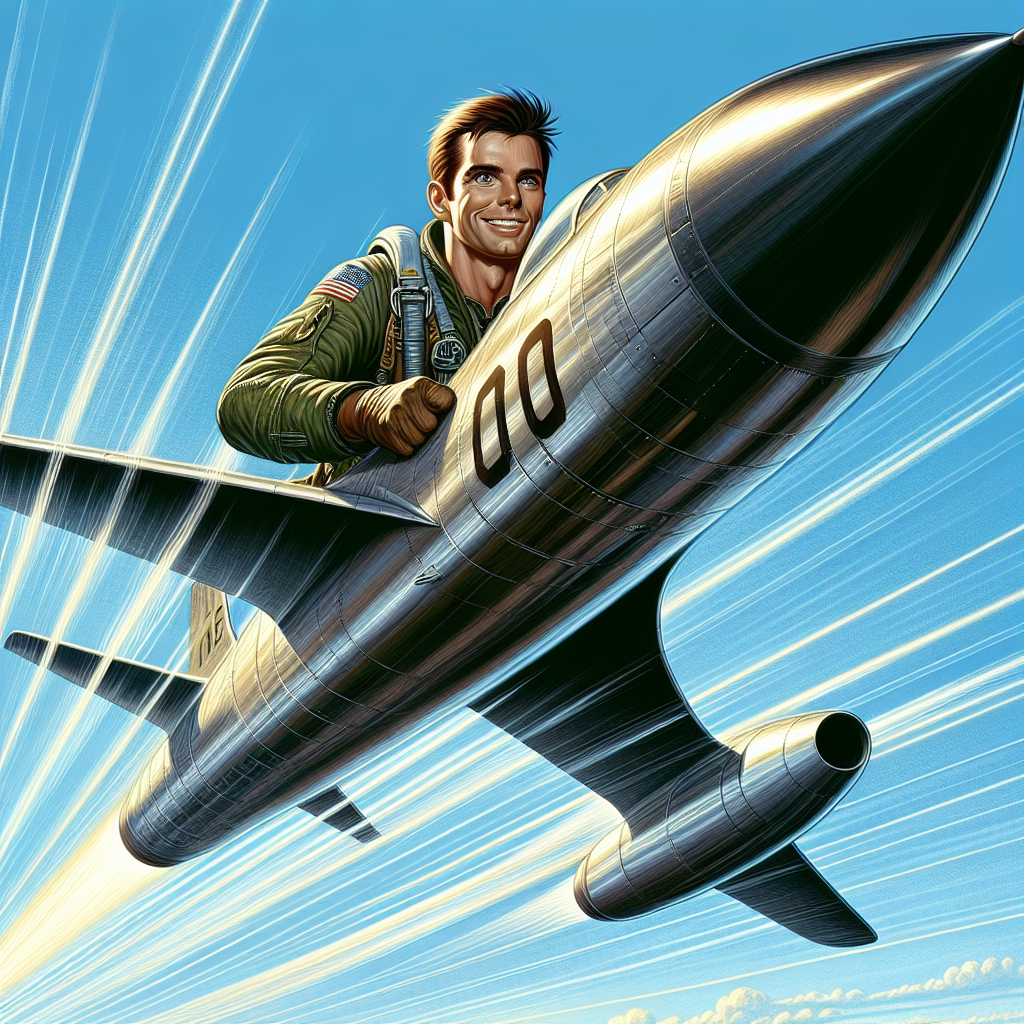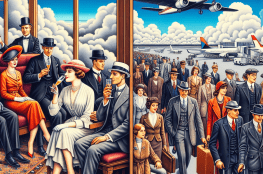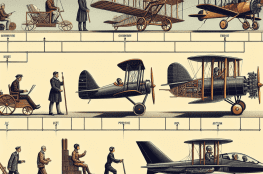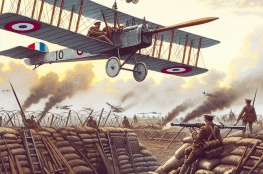Breaking the Sound Barrier: Chuck Yeager’s Supersonic Feat
In the annals of aviation history, few feats are as exhilarating and groundbreaking as breaking the sound barrier. On October 14, 1947, a quiet yet powerful revolution occurred high above the Mojave Desert, led by an intrepid test pilot named Chuck Yeager. His daring achievement marked a pivotal moment in human innovation and sky-high ambition. Today, we delve into the fascinating story of how Yeager broke the sound barrier, reshaping our understanding of flight forever.
The Man Behind the Mach
Chuck Yeager, a then-unknown U.S. Air Force captain, was the proverbial “right stuff” personified. Born on February 13, 1923, in Myra, West Virginia, Yeager developed a passion for aviation early on. During World War II, he served as a fighter pilot, earning his reputation for exceptional piloting skills and fearlessness in the cockpit.
Yeager’s prowess in the skies soon caught the attention of the National Advisory Committee for Aeronautics (NACA), which later became NASA, as they embarked on the daring quest to break the sound barrier. Yeager’s involvement in this mission positioned him at the forefront of a groundbreaking chapter in aviation history.
The X-1: A Supersonic Steed
The Bell X-1, Yeager’s supersonic steed, was an experimental aircraft designed specifically to conquer the sound barrier. It resembled a bullet with wings and was adorned in a bold orange hue, earning it the nickname “Glamorous Glennis” after Yeager’s wife.
Breaking the sound barrier, or reaching Mach 1, was a formidable challenge. Scientists grappled with theories and calculations, while intrepid engineers crafted the cutting-edge technology needed to achieve this astronomical speed. The stakes were high, and the uncertainties were as vast as the sky above.
The Supersonic Leap
On that fateful day in October 1947, Yeager climbed into the X-1, steeled by determination. Little did he know that the flight would not only catapult him into the pages of history but would also transform the aeronautical landscape.
- Onboard the B-29 Superfortress, the X-1 was transported to an altitude of 23,000 feet.
- Upon release, Yeager deftly piloted the X-1, pushing the limits of human ingenuity and engineering marvel.
- As the aircraft surged ahead, the needle ticked upwards, closing in on Mach 1. Then, there it was—the unmistakable crack that heralded their triumph over the sound barrier.
The sound barrier shattered not with a cacophony, but with a mighty breakthrough that solidified Chuck Yeager’s legacy and set the stage for future advancements in aviation. Pretty soon, “Sonic Boom” wasn’t just the nickname for rock band side projects—it was the sound of progress.
Impact and Legacy
Yeager’s historic flight signaled a dawn of an era defined by technological exploration and innovation. It was a landmark moment that demonstrated humanity’s unyielding spirit and desire to push beyond known limits.
Today, we honor Chuck Yeager not only as a talented pilot but as an icon of exploration. His incredible achievement paved the way for the development of faster, more advanced aircraft and has influenced supersonic travel and aeronautics extensively. In the modern world, you can explore fascinating discussions and Learning Content on Telegram Channels where aviation enthusiasts and learners alike delve into these monumental advances.
Conclusion
Chuck Yeager’s courageous flight on that auspicious day transcended the ordinary, stretching borders of what is possible. His feat serves as a testament to the remarkable power of human ingenuity. As we look to the sky, we remember that each journey into the unknown begins with a single flight into history. Just as with education—often an adventurous pursuit—breaking barriers can lead to unimaginable breakthroughs and new horizons.
So, next time you hear the formidable sonic boom echo across the skies, remember the courage and perseverance it took to reach that moment, and consider where your own breakthrough could take you.



